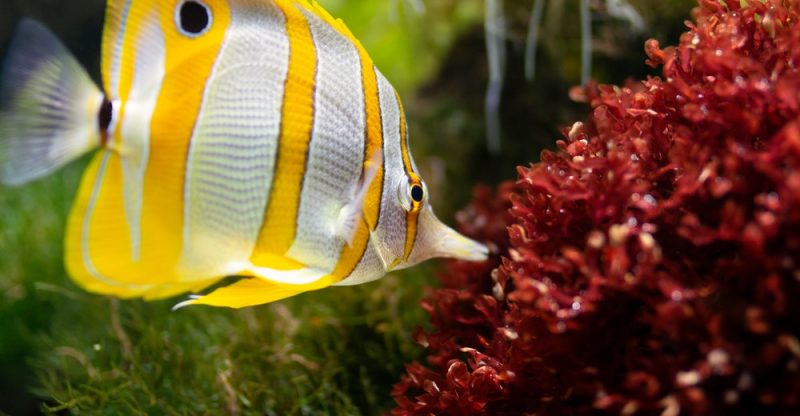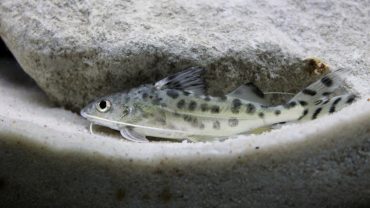How To Do A Partial Water Change In A Tropical Fish Tank?
Changing the water regularly is an important task of aquarium maintenance. This enables you to more closely regulate the amount of toxins and debris, thus ensuring the optimal conditions for fish and plants to grow. Also, this process would help clean up any built-up algae and gravel to keep the water clean. With that in mind, below are a few simple tips on how to do a partial water change in a tropical fish tank.
Pretreat tap water
Firstly, you need to fill a large bucket with tap water from the faucet. Pretreat this amount of water by following the provided instructions from the conditioner bottle. The purpose is to eliminate any metal components and chemicals that can be dangerous for your fish.
Many people often choose to refill the aquarium directly with water from the tap. While this might be simpler and more convenient, it would increase the risks of exposing your fish to dangerous components. To minimise the possibility, you should let the faucet run around five minutes before filling.
Watch the following clip to learn more about how to siphon water out of your aquarium:
Unplug accessories and remove decorations
To ensure safety, you should unplug any electrical devices, such as heating components and lighting fixtures. This will prevent any electrical shocks since water is a good conductor. Make sure to disconnect the aquarium lid and other attached lights.
You should also disconnect the filter before starting the process. Run the unit through the water to remove any clogged dirt or debris. If the filter is too old with cracks or damages, it is better to replace the sponge or cartridge.
It is also necessary to remove any dirty plants or decorations in the tank. If they are dirty, just soak in a cleaning solution. Avoid washing with soap as chemicals would be dangerous for your fish. In fact, you don’t have to clean these accessories in every water change. Doing so would remove the good bacteria and affect the conditions of your fish.
Remove dirty water
The simplest and most efficient method to do a partial water change is to use an automatic changer. This unit would suck out dirty water automatically and refill the tank when you switch it. People with large aquariums might find this a good option. However, not everyone can afford the device.
You can also perform the change manually. Begin with putting an end of the siphon in a bucket and the other one in the substrate of the tank, which can be sand or gravel. Move around the siphon and dirty water and debris will start filling your bucket. Make sure do not take it too far.
In most cases, you should only remove around 30% of the aquarium’s water. Going beyond this amount would change the environment and adversely affect your fish.
Re-fill the aquarium
Fill the aquarium again with pretreated water. In this step, you would pour the water into a pitcher or just hold the bucket and directly pour it into the tank. No matter which way you use, prevent the water from rushing in a fast way. This would disturb the decorations and gravel. You can also use a plate or your hands to minimise the water flow.
Put back accessories and decorations
Once you have completed the water change, it’s time to add all of the plants and decorations back to the tank. Also, reconnect all light fixtures, heating components, and the filtration system. Keep in mind to ensure that your hands are completely dry when dealing with these electrical tasks.
How often should you do a partial water change in your aquarium?
Ideally, you should do a partial water change on a bi-weekly or weekly basis, depending on the number of fish and how you feed them. In each time, you only need to remove from 25% to 30% of the water, which is enough to eliminate debris and toxins. If necessary, you can perform a deep cleaning of the aquarium each month to remove all of the algae, remaining food particles, and fish waste.
You need to keep a good balance and clean the aquarium at the right time to optimise the conditions for your fish. Too few or too frequent cleanings would have some negative effects on their health.





